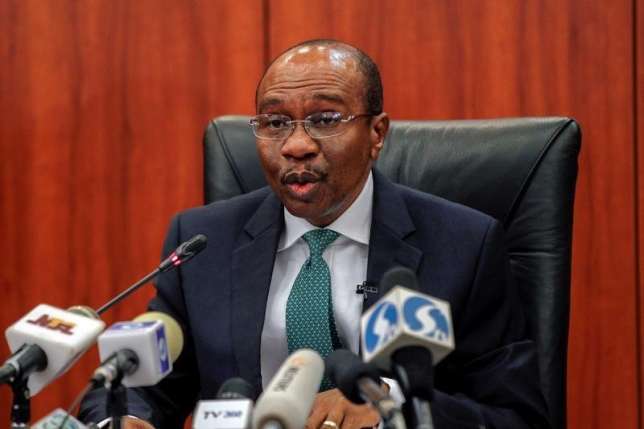
Again, MPC Votes to Retain MPR at 14%
The Monetary Policy Committee (MPC) of the Central Bank of Nigeria Thursday voted to retain the Monetary Policy Rate (MPR) at 14 percent at its meeting held between 21st and 22nd of November 2018 at the CBN headquarters, Abuja.
The Governor of the apex bank, Mr. Godwin Emefiele who announced the decision said the committee also voted to retain all other parameters such as the Cash rediscount Rate (CRR) at 22.5 percent, Liquidity Ratio at 30 percent and the Asymmetric Corridor at +200 and -500 basis points around the Monetary policy rate. Said Emefiele” In light of the above, the MPC decided by a vote of all 11 members to retain the MPR at 14 per cent.
Emefiele however noted that flooding which has been observed in many states of the federation coupled with incessant herdsmen and farmers clashes may adversely affect agricultural output, which may pose serious threat to food security in the country.
The MPC welcomed the moderation in inflation in October, reflecting declining food prices. The Committee believes that given the negative output gap, the proposed increase in the national minimum wage would stimulate output growth due to prolonged weak aggregate demand arising from salary arrears and contractor debt. Consequently, its impact on the aggregate price level would be largely muted, given that the monetary aggregates have largely underperformed in fiscal 2018. In addition, the prevailing stability in the foreign exchange market would continue to moderate pressures on the domestic price level.
The MPC noted the improvements in the financial stability indicators, including non-performing loans, capital adequacy and liquidity ratios of the Deposit Money Banks (DMBs). It urged the Bank to sustain its surveillance over the Banking industry by taking prompt corrective measures to further improve stability in the system. The Committee also called on the fiscal authorities to build significant buffers to strengthen the efficacy of monetary policy.
Overall, the MPC considered the options to loosen, hold or tighten. The Committee continues to hold the view that although loosening would encourage the flow of credit to the real sector, help in reduction of the aggregate cost of credit and spur business spending and investment, thereby reinforcing the CBN’s support for output growth and economic recovery, it, however, believed that doing so will reverse more rapidly, the gains of price and exchange rate stability achieved so far given the liquidity impact that would entail. The ensuing liquidity will exert pressure on the exchange rate in the light of increased capital flow reversals arising from monetary policy normalisation by the US Fed. This would further depress the capital market.
Emefiele also said as for tightening, the MPC hold the view that, while tightening will strengthen the stability of the foreign exchange market because of its dampening effect on the demand for foreign exchange, it was however convinced that this would simultaneously dampen investment growth, widen the output gap, depress aggregate demand and weaken output growth.
The MPC recognises the fact that it had held the policy rate and other policy parameters constant over the last several meetings. The Committee underscores that by holding its policy position constant, it has confidence in the various policies and administrative measures deployed by the Bank which have resulted in the moderation in domestic price levels and stability in the foreign exchange rate.
“Thus, a hold position is an expression of confidence in the policy regime, given the gradual improvements in both output growth and price stability. On this premise, the downside risks to growth and upside risks to inflation appears contained”, he said.
